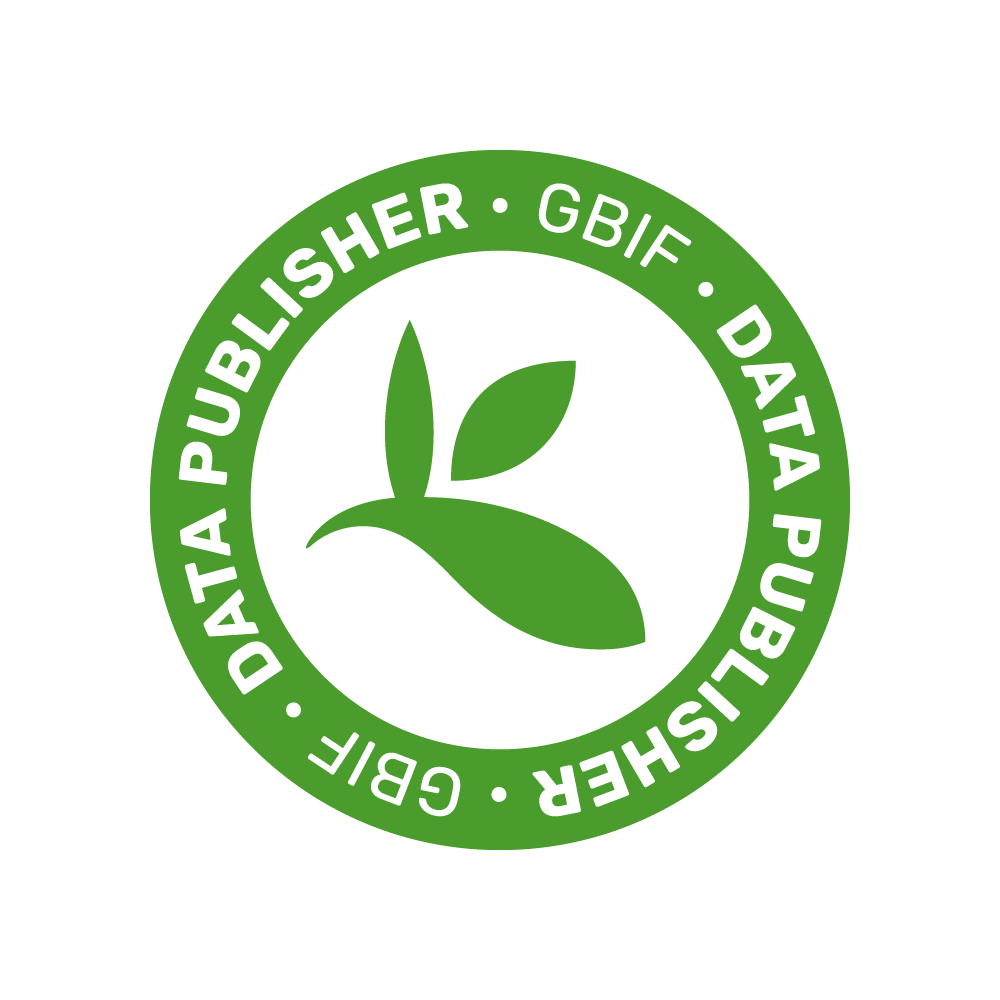|
Description
|
The role of globins in the brain seems to be pivotal to support nervous system functions during temporary period of hypoxia, which may follow environmental challenges and pathologic insults, therefore they avoid serious damages in the nervous system. Only in 2000, the first vertebrate nerve globin, named neuroglobin (Ngb), has been identified in neuronal tissues of mice and humans. Since its identification, several evidences highlighted a protective role of Ngb over-expression against neurodegeneration by preventing neuronal apoptosis and mitochondrial damage. Thus, the increase of Ngb levels could have a therapeutic benefit in brain disorders. Because mammalian Ngb is an intracellular protein and does not cross cell membranes, the administration of Ngb is not a feasible therapeutic strategy. Recent results indicate that the sex steroid hormone 17beta-estradiol (E2) is an endogenous modulator of Ngb, increasing Ngb levels of about 300% in different neuronal populations. This conspicuous effect is at the root of the well known E2 protective effects on the brain. The eight research Units proposing this project represent a joint research group synergistically focused to discover agents influencing the expression levels of Ngb and its role in altered neuronal cells in order to obtain new drugs modulating its expression which may be useful in the treatment and prevention of neurological diseases. Therefore, the main goals of this three-years-long project are: i) the characterization of mechanisms underlying Ngb overexpression in the brain; ii) the clarification of Ngb functions in the brain; iii) the elucidation of Ngb involvement in models of neurodegeneration; and iv) the design and production of new molecules inducing Ngb overexpression. Beyond the interest from a fundamental biology viewpoint, this study will uncover novel proteins able to bind to Ngb and estrogen receptors or pathways in which Ngb and estrogen receptors are involved. These new pathways can be potential targets for the development of drugs for the prevention and treatment of specific neurological diseases including Huntington’s disease and glaucoma. From a basic science point of view, the present research program is expected to produce a large amount of data on the role played by Ngb on neurodegenerative diseases and on the role played by estrogen in the brain. Another of the main aims of this grant proposal is the rational design of molecules which can modulate estrogen receptor signalling and Ngb levels. This will be done either by modifying the pre-existing natural compounds known to bind estrogen receptors and to modulate their activities or by synthesizing novel compounds (non-peptidic and peptidic). A critical mass of Italian scientists with diverse expertise (ranging from chemistry, biochemistry, pathology, and neurology) and diverse experimental approaches (molecular, cellular, bioinformatics, and clinical approaches) is involved in the present project. Furthermore, the partners of the present proposal have already established contacts and collaborations with seven European laboratories generating a Consortium that will achieve added value by sharing skills, different perspectives, expertise, and resources, guaranteeing a constructive discussion and collaboration between different ways to approach problems and find solutions. This critical mass also contributes to the trans-disciplinarily approach required by such an ambitious project which is availing itself of recent cutting-hedge knowledge-based and technological advances ranging from proteomics to phage-display and bioinformatics techniques. We believe that this assortment of people will ensure the experience necessary to achieve our goals. |




